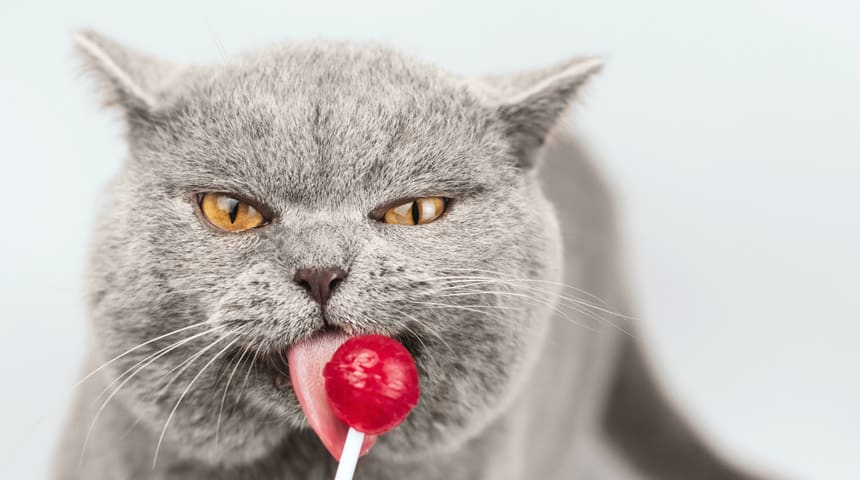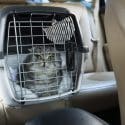Is your cat pleasantly plump? Be careful, however: being overweight or obese can predispose her to diabetes.
The classic signs to watch for: Kitty's thirst increases above normal, the amount of urine produced increases, and her appetite increases. Kitty may eventually lose weight and her health may decline. Other symptoms may include lethargy, vomiting, etc.
The diagnosis will be confirmed if her blood test shows a marked increase in blood sugar levels. Kitty's urine will need to be tested. Your veterinarian will expect to find glucose (sugar) but will want to make sure there are no ketones (body waste by-products) and no signs of urinary tract infection.
The best way to control cat diabetes is with insulin combined with a low-carbohydrate, high-protein diet. Oral hypoglycemic drugs work in only 25% of cats. They are most efficient on cats in good condition and haven't lost a lot of weight. Insulin syringes have tiny needles! Don't get discouraged too quickly, try handling them first. It's a technique that can be learned faster than it looks.
Controlling inflammatory sites (e.g., tartar, urinary tract infection) and bringing Kitty back to a healthy weight will contribute to improve her blood glucose control. Fatty tissue produces about 50 substances, including inflammatory substances. All inflammatory sites can cause relative insulin resistance, which results in poor diabetes control.
Two out of three cats have good blood glucose control, but it takes a certain amount of discipline when it comes to treatment and blood glucose charts, both at home and at the clinic.
With some luck, Kitty may go into remission. When this happens, it is usually within 4 to 6 months of starting treatment. However, Kitty will always be at risk for relapse.





